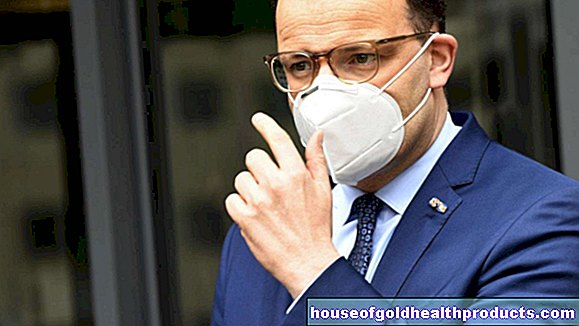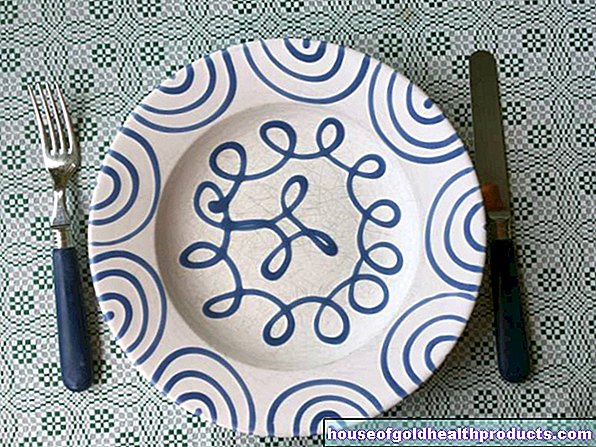Sunglasses - sharp looks
All content is checked by medical journalists.Sunglasses are a fashion must. When buying glasses, however, it is not just the look that decides, but how well the glasses filter harmful UV light.
Clamped onto the nose, tucked into the hair or dangling loosely around the neck: sunglasses are cult. On the beach, while shopping or even in the club at night. The range of models is huge. And fashion ensures that sunglasses in a new design come onto the market every year. Not all sunglasses are the same. When buying glasses, many people are more concerned with colors, shapes and aesthetics than with their actual function - namely sun protection. And that has become more and more important in recent years because the protective ozone layer in the atmosphere is becoming thinner.
Harmful UV radiation
Usually this layer in the upper atmosphere prevents harmful UV rays from entering the eye. The increasing environmental pollution makes the ozone layer thinner and more permeable in places. Without sunglasses, the short-wave UV rays then penetrate the eye unfiltered. Conjunctivitis, corneal opacity, retinal damage can be the consequences. Doctors even associate cloudiness of the lens of the eye ("cataracts") with UV light.
It is not only direct solar radiation that is dangerous. When the sun hits the sky, most people almost automatically grab their sunglasses, but not when the sky is cloudy. Some of the harmful UV rays penetrate to the surface of the earth even when it is very cloudy. Sunglasses protect the eyes even when the sky is gray.
Chic but defenseless?
In order for sunglasses to protect the eyes, they have to meet a number of conditions. It is important that there is a CE mark on the inside of the temple. It guarantees that the glasses meet basic safety requirements according to European directives with regard to UV protection of the eyes. But be careful: There is no independent body that tests every model with a CE mark. If you want to be absolutely sure, have the UV protection of your glasses checked by an optician using a measuring device.
Big is better than small
In addition to the UV filter effect, buyers should also pay attention to the size and tint of the lenses. Sunglasses with small, round lenses may look chic, but whether they provide adequate protection is questionable. The radiation can also hit the eye from the side. The glasses should therefore not be too small and also protect the eyes from the side (e.g. curved glasses such as sports glasses or wide temples).
Colors and tints
First of all: The color and tint of the lenses has nothing to do with the UV protection, because the rays are filtered in the material itself. A special coating filters the sunlight and gives the eyes the necessary protection.
As for the color of the lenses, brown, green, and gray lenses are best because they are the least likely to distort the colors. So a blue car will still look blue even through green lenses. Drivers and athletes like to use yellow or orange tinted glasses because they enhance the contrasts.
If you can't decide whether you want to use dark or light tinted glasses, you can use glasses with photochromic models: The self-tinting glasses light up in dark places (e.g. in rooms) and become darker in bright light (e.g. in the sun) .
Sunglasses suitable for sports
Unfortunately, there are no universal sunglasses for every outdoor activity. For example, mountaineers should make sure that the model has side protection for the eyes. When it comes to glasses for joggers and long-distance runners, it is important that they have a good ventilation system so that the glasses do not fog up due to the sweaty activity.
In general, the following applies when buying sports glasses: Choose a shatterproof, lightweight model made of plastic. It should sit comfortably and non-slip. The coating of such sports glasses is skin-friendly and protects against corrosion. Shatterproof plastic glasses are ideal because they are significantly lighter than pure glass. Due to the lower risk of breakage, the risk of injury to the eye remains low. Shield-shaped lenses also protect the side of the eyes - not only from UV light, but also from dust, stones and splashes of water. Sports temples ensure a secure fit of the glasses.
Tags: gpp prevention alternative medicine


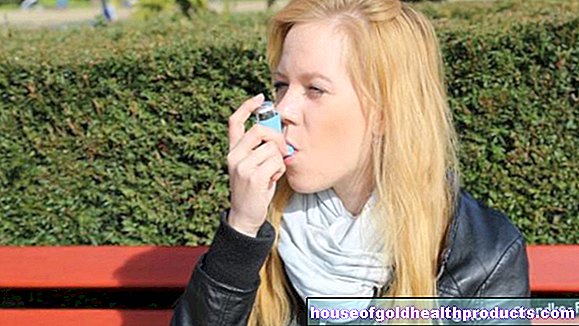
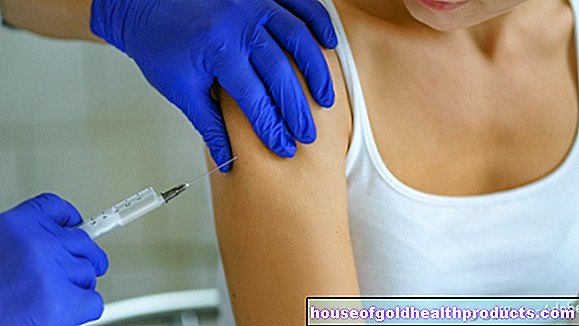
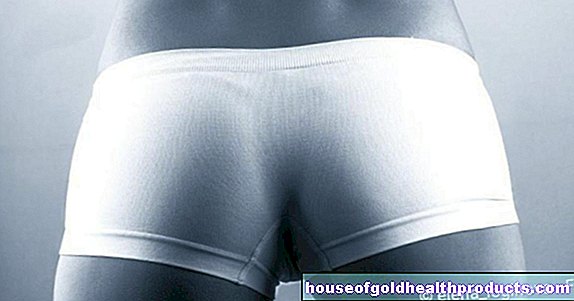

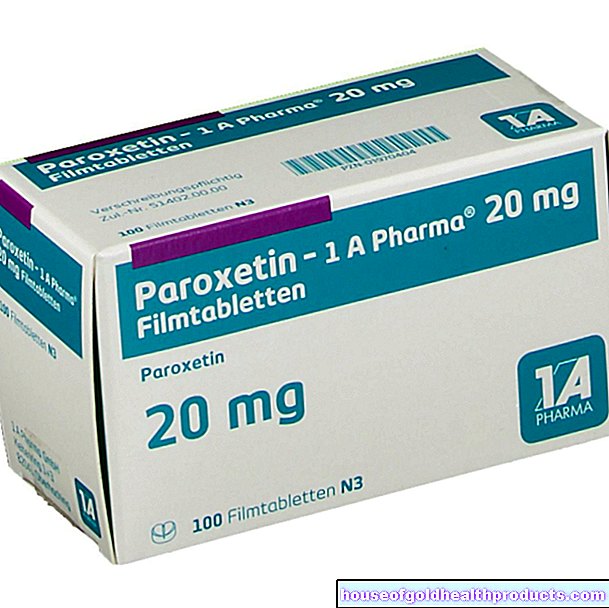

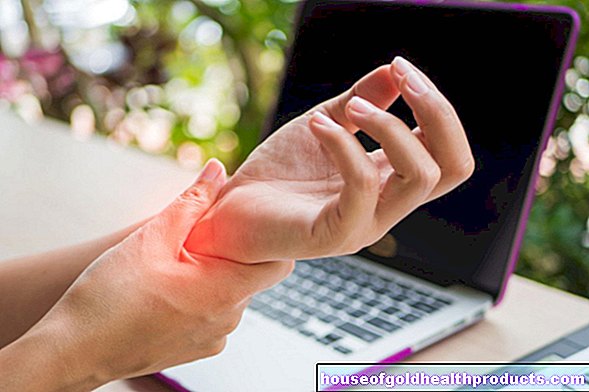


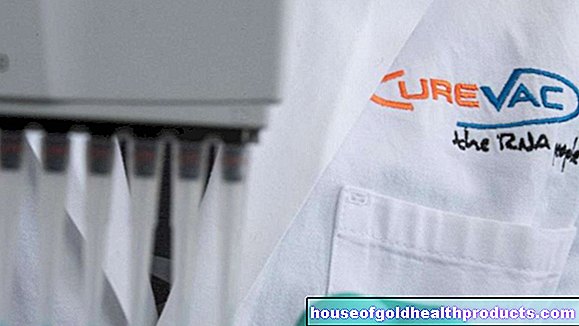
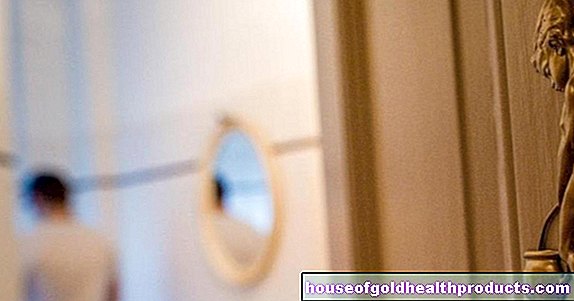
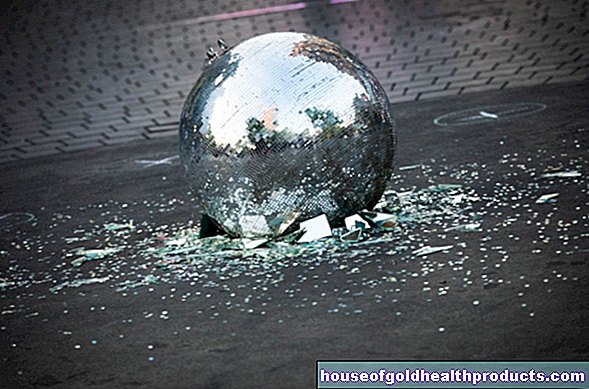
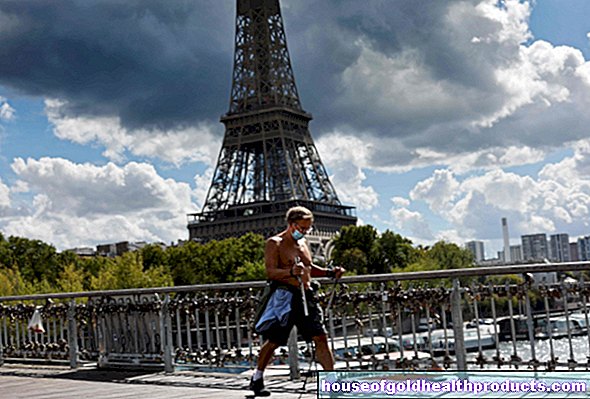
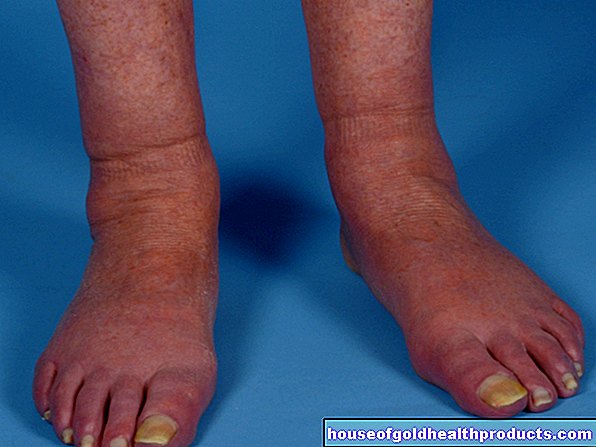

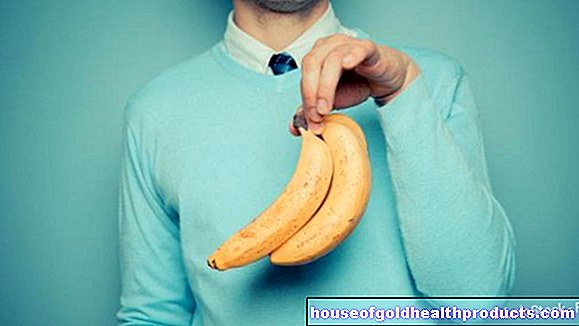
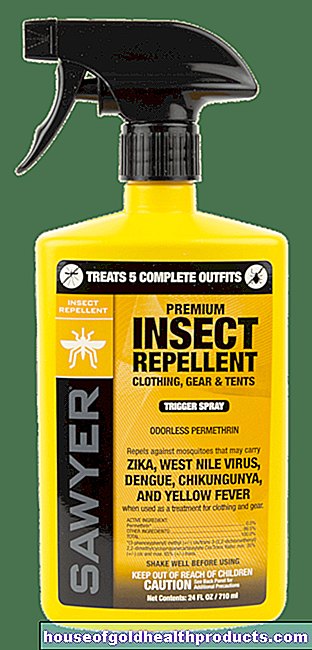


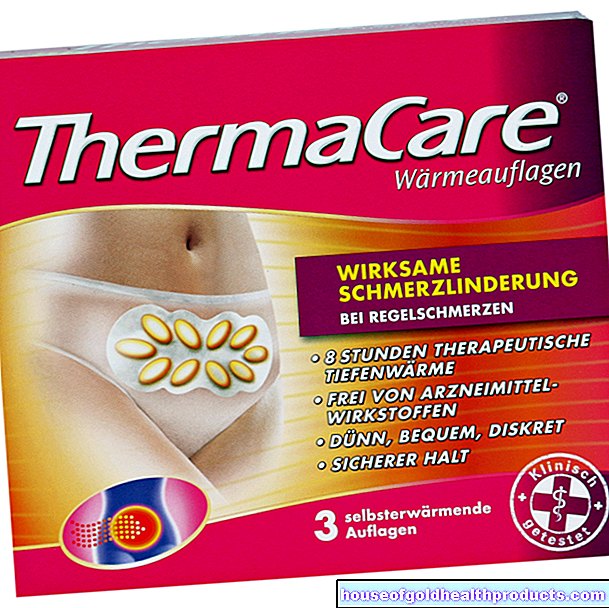
.jpg)

